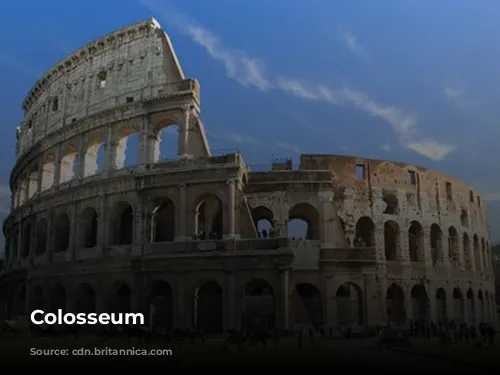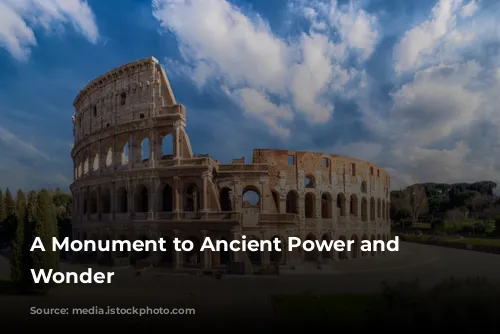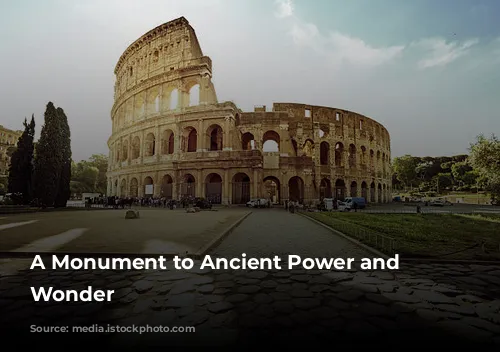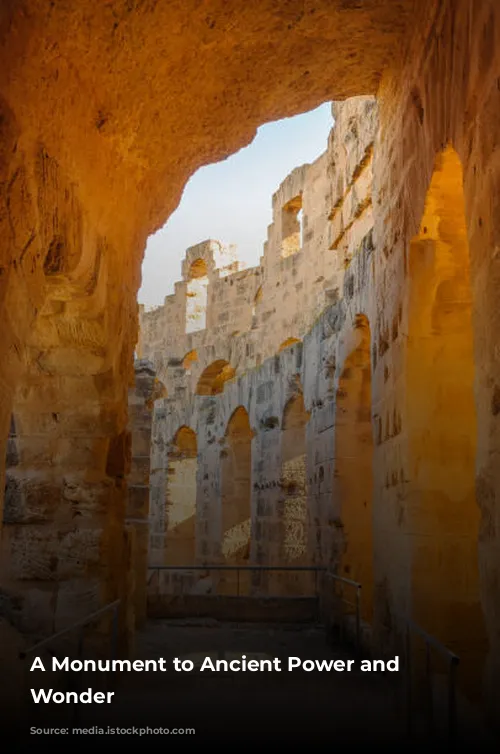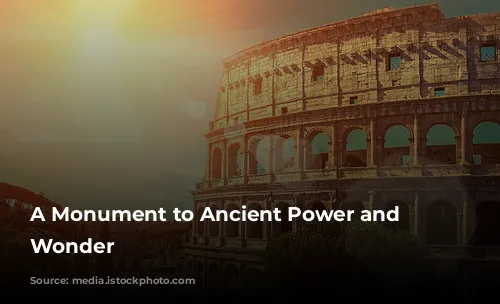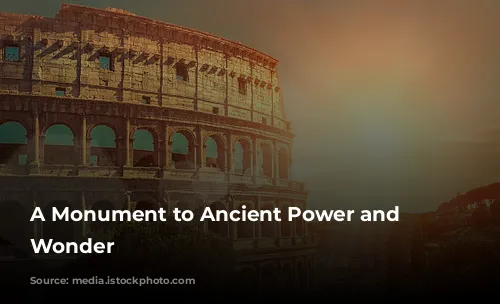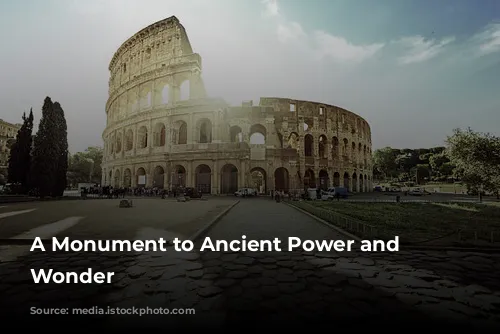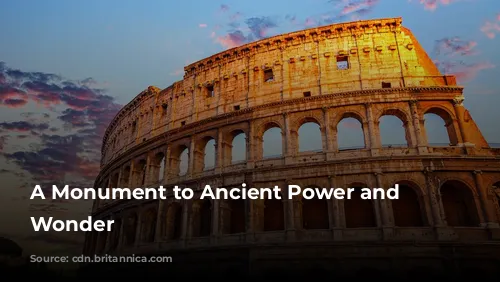The Colosseum, a colossal amphitheater standing proudly in the heart of Rome, is a testament to the architectural and engineering marvels of the ancient world. More than just a relic of the past, it is a vibrant symbol of Italy’s enduring heritage, attracting millions of visitors each year.
The Colosseum’s enduring legacy extends beyond its stunning grandeur, as it serves as a significant revenue generator for the Italian government. In 2018 alone, the Colosseum, along with the Roman Forum and Palatine Hill, generated a staggering $63.3 million (€53.8 million), solidifying its position as the most profitable tourist attraction in Italy. This remarkable economic contribution highlights the enduring allure of ancient Rome and the enduring power of history.
From Glory to Neglect and Restoration
The Colosseum’s journey through time has been one of both grandeur and hardship. Following the decline of the Western Roman Empire, the once-mighty amphitheater fell into a state of disrepair, its glory overshadowed by the passage of centuries.
The Colosseum became a focal point of conflict and was even repurposed as a fortress by the Frangipane and Annibaldi families during the 12th century. As time marched on, the Colosseum’s fate took a turn for the worse. In the late 15th century, Pope Alexander VI authorized the use of the Colosseum as a quarry, a tragic testament to the neglect and disregard it faced. This period of plunder and destruction lasted over a thousand years, stripping the Colosseum of its once-ornate splendor.
However, hope emerged in the 1990s when state-funded restoration efforts were launched, marking a crucial step towards preserving this historical gem. These restoration projects, fueled by a renewed appreciation for the Colosseum’s historical significance, have been instrumental in bringing back its former glory.
A Symbol of Imperial Power and Entertainment
The Colosseum’s construction was driven by the ambitions of the Flavian emperors, who sought to revitalize Rome after a period of tumultuous change. Built during the reign of Emperor Vespasian, between 70 and 72 CE, the Colosseum aimed to provide a grand arena for entertainment, showcasing the power and spectacle of the Roman Empire.
The Colosseum was intended as a focal point of public life, a place to showcase the empire’s strength and entertain its citizens. It was conceived as a venue for spectacular events, hosting gladiator contests, animal hunts, and even mock naval battles, captivating audiences with its breathtaking displays of courage, skill, and spectacle.
Construction, Design, and Dimensions
The Colosseum was a monumental endeavor, built using the Roman Empire’s renowned engineering expertise. Constructed primarily of stone, concrete, and tuff, it rises four stories tall, with a massive elliptical structure measuring 620 by 513 feet (189 by 156 meters). The Colosseum could accommodate a staggering 50,000 spectators, providing a captivating spectacle for the masses.
The Colosseum’s construction was a testament to the Roman Empire’s architectural prowess, featuring a sophisticated system of barrel vaults and groin vaults that provided structural stability. The exterior was adorned with engaged columns, reflecting the three architectural orders of the Romans: Doric, Ionic, and Corinthian. This elegant display of architectural sophistication made the Colosseum a masterpiece of its time.
Spectacle and Symbolism
The Colosseum was more than just a venue for entertainment; it was a symbolic representation of the Roman Empire’s power and grandeur. A retractable awning, known as a velarium, provided shade for spectators during events, a testament to Roman ingenuity. Hundreds of Roman sailors were needed to operate the complex rigging that extended and retracted this massive awning, demonstrating the intricate engineering required for these spectacles.
The Colosseum witnessed countless events, from gladiatorial combats to battles between humans and animals and even elaborate mock naval engagements. While the Colosseum’s role in the martyrdom of early Christians remains a subject of debate, its significance as a symbol of power and spectacle is undeniable.

A Legacy of Restoration and Preservation
The Colosseum’s journey through time has been a testament to both its resilience and its vulnerability. After centuries of neglect, the Colosseum faced threats from lightning, earthquakes, vandalism, and pollution, leaving its once-grand structure in a state of disrepair.
However, restoration efforts have ensured the Colosseum’s continued survival. Notably, the 19th century saw significant preservation efforts led by Pope Pius VIII. In the 1990s, a comprehensive restoration project was launched, breathing new life into this iconic landmark. Today, the Colosseum stands as a testament to the enduring power of history, inspiring awe and wonder in visitors from around the globe.

An Enduring Symbol of Roman Grandeur
The Colosseum continues to be a symbol of Roman grandeur and one of the most visited tourist destinations in the world. Each year, close to seven million people flock to this ancient marvel, eager to witness its grandeur and connect with the history it embodies.
The Colosseum stands as a powerful reminder of the Roman Empire’s legacy, its architectural achievements, and its enduring influence on art, architecture, and culture. The Colosseum remains a source of fascination and inspiration for generations to come.
